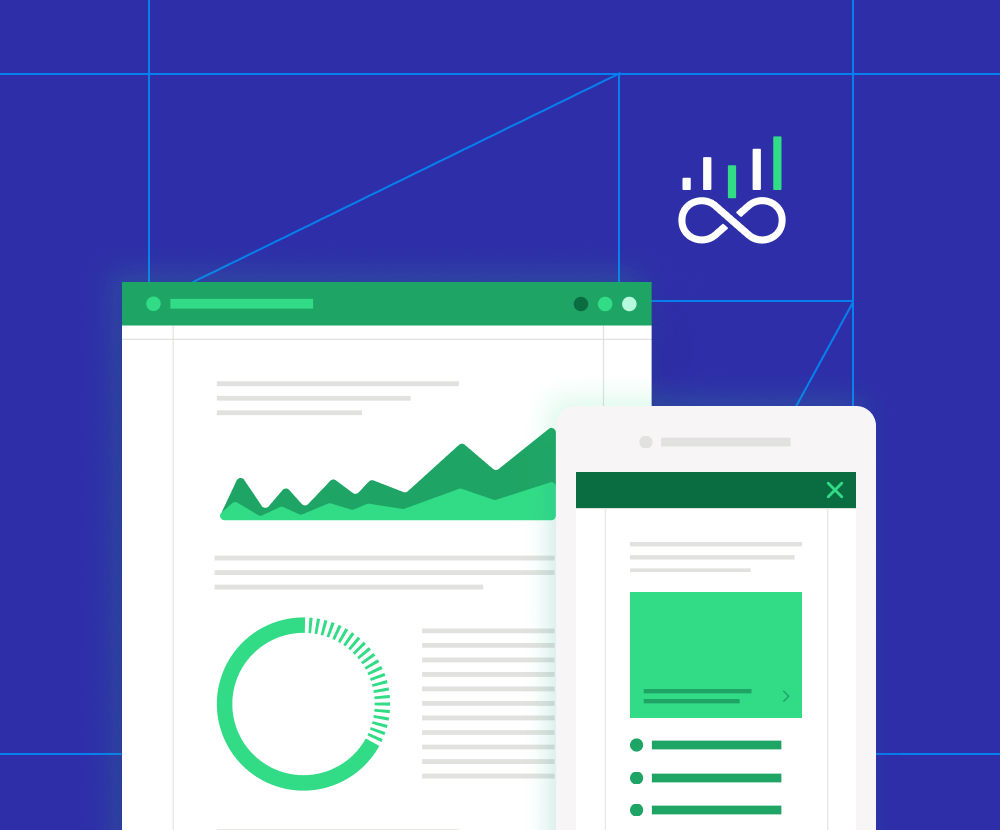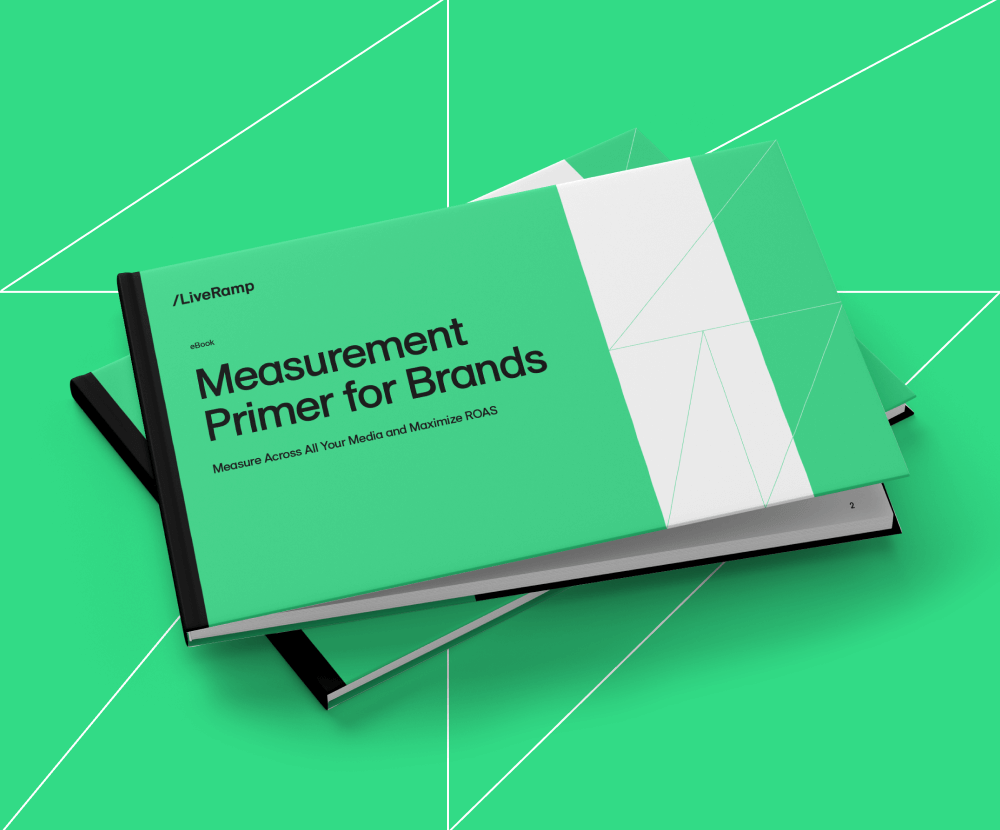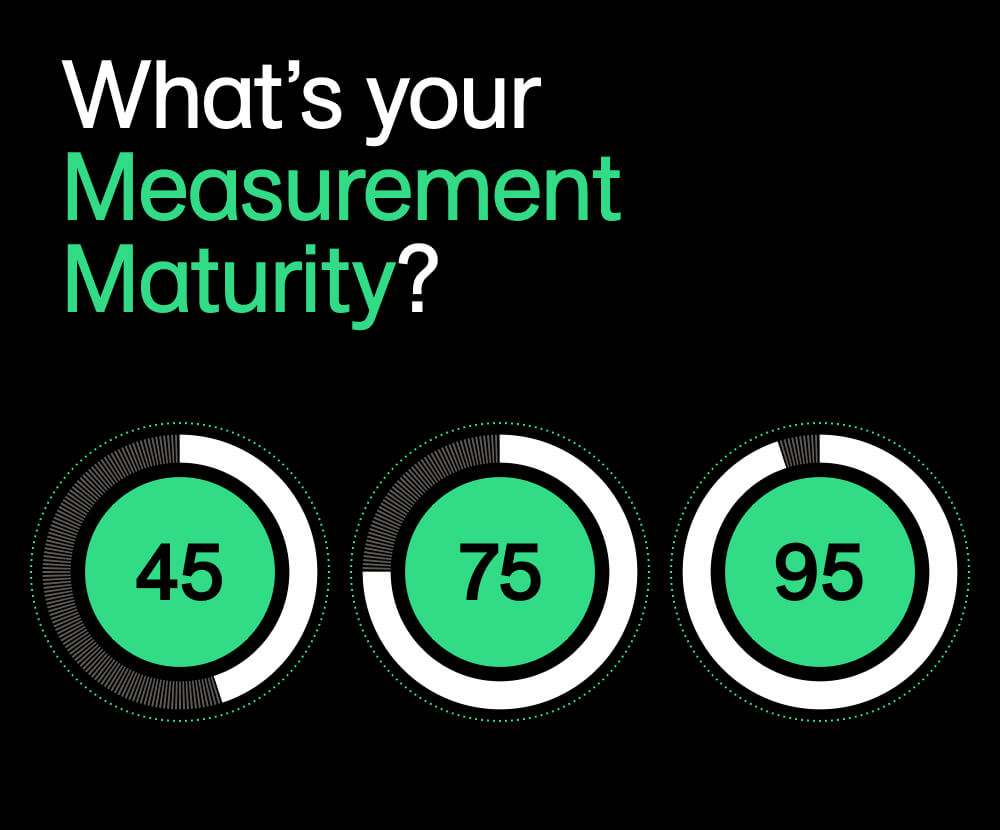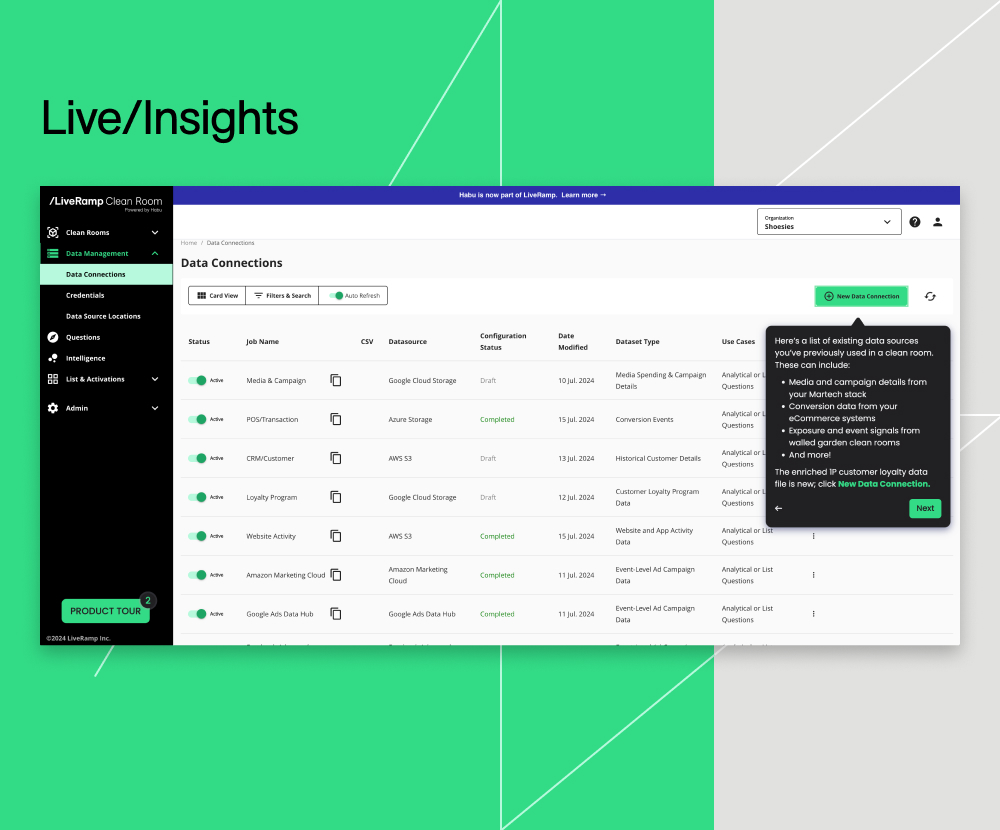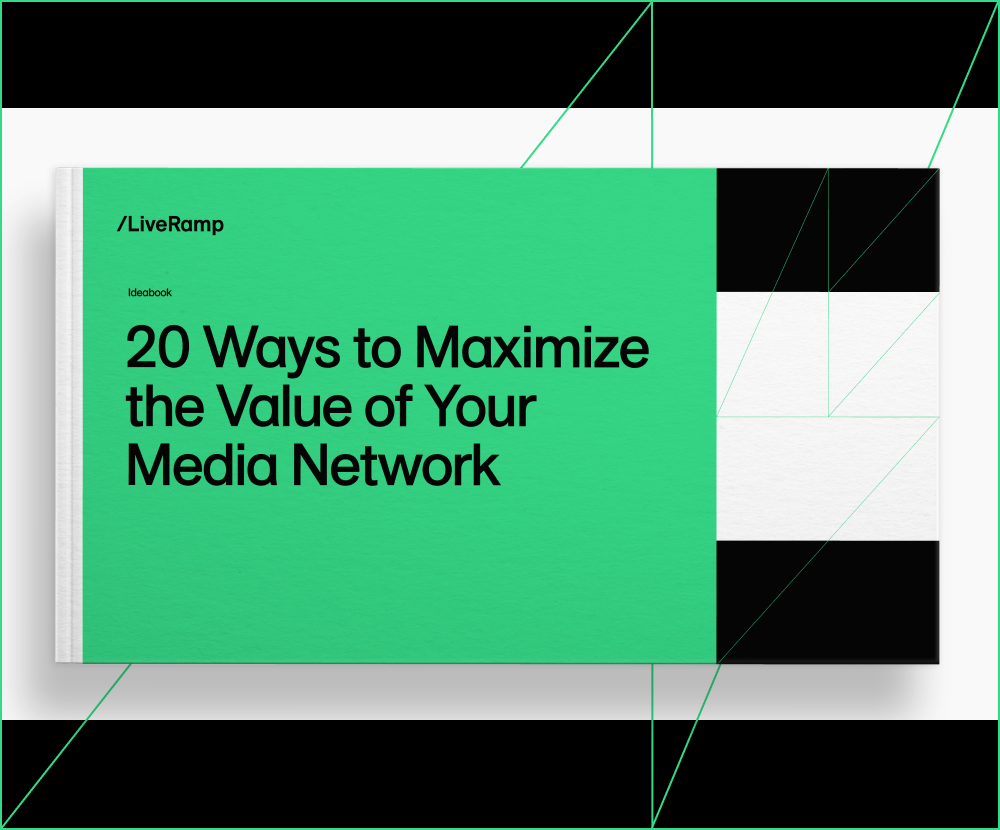Closed-loop measurement helps you understand the impact of advertising on your online and/or offline outcomes.
By tying transaction data to digital campaigns, marketers like you can close the loop in measuring return on online investments on your advertising channels.
How Does Closed-Loop Measurement Work?
Your customers are exposed to your ads across devices – devices they might not use to make a purchase.
Closed-loop measurement is about using data to understand what your customers do offline, before and after exposure to your ads.
For example, many brand advertisers know their online advertising campaigns drive in-store sales, but how can you prove that impact?
By linking the exposure data from these ad campaigns to your first-party sales data in a privacy-centric way, you can identify which advertising tactics meaningfully contribute to your bottom line – and, equally importantly, understand which tactics are underperforming.
Why Is Closed-Loop Measurement Important?
It’s easy to measure the performance of an individual digital channel because the channel comes with built-in features that demonstrate its value (e.g., metrics like reach, impressions, and frequency).
Closed-loop measurement improves upon channel-specific marketing and takes it to the next level. By connecting the dots between exposure and outcome using a data collaboration partner such as LiveRamp, you can gain visibility into how your media tactics affect your bottom line.
Understanding which channels, creative content, publishers, etc., are enhancing or hindering sales allows you to make smarter decisions in your media mix. Being able to show how your marketing is improving outcomes can help you make the case for an increase in budget.
A recent IDC survey showed that data fragmentation is the top barrier to digital transformation. Through closed-loop reporting, you can bridge the gap between your once fragmented exposure and conversion data sets.
Closed-Loop Measurement Challenges
While you can set up direct integrations with some of your publisher partners to perform closed-loop measurement, this approach often doesn’t scale. Not to mention, it requires significant time, cost, and resources.
With a trusted data collaboration partner like LiveRamp, you can easily scale your closed-loop measurement reporting across your advertising portfolio.
LiveRamp pseudonymizes brand conversion data before sharing it with a publisher, resulting in a more privacy-centric approach, along with increased match rates due to long-standing partnerships and integrations with brand publisher partners.
How Does Closed-Loop Measurement Drive Sales?
Through closed-loop reporting, you can unlock new, real-time insights into how your media partners perform when it comes to driving online and/or offline sales.
The reporting tells you what elements of your campaign were more or less effective, allowing you to make campaign optimizations with your publisher partners. Here are a few examples of the types of adjustments you might consider:
- Flighting
- Campaign duration
- Creative rotation
- Re-allocating spend to certain ad types
Additionally, you can segment high-performing audiences and activate across your publisher partners for audience extension, suppression, and optimization efforts.
Get Started with Closed-Loop Measurement
Want to take the next step in your closed-loop measurement journey? Learn more about the LiveRamp closed-loop measurement solution now.
